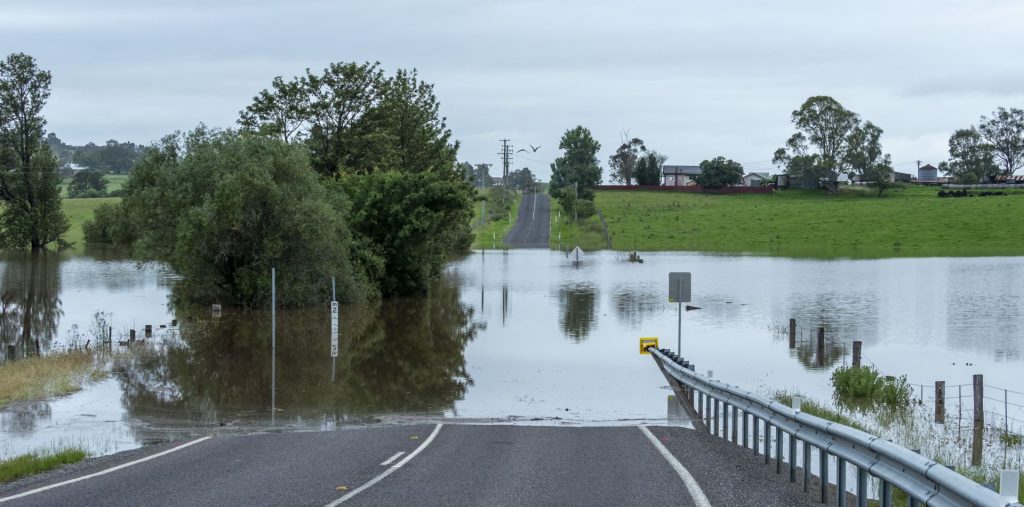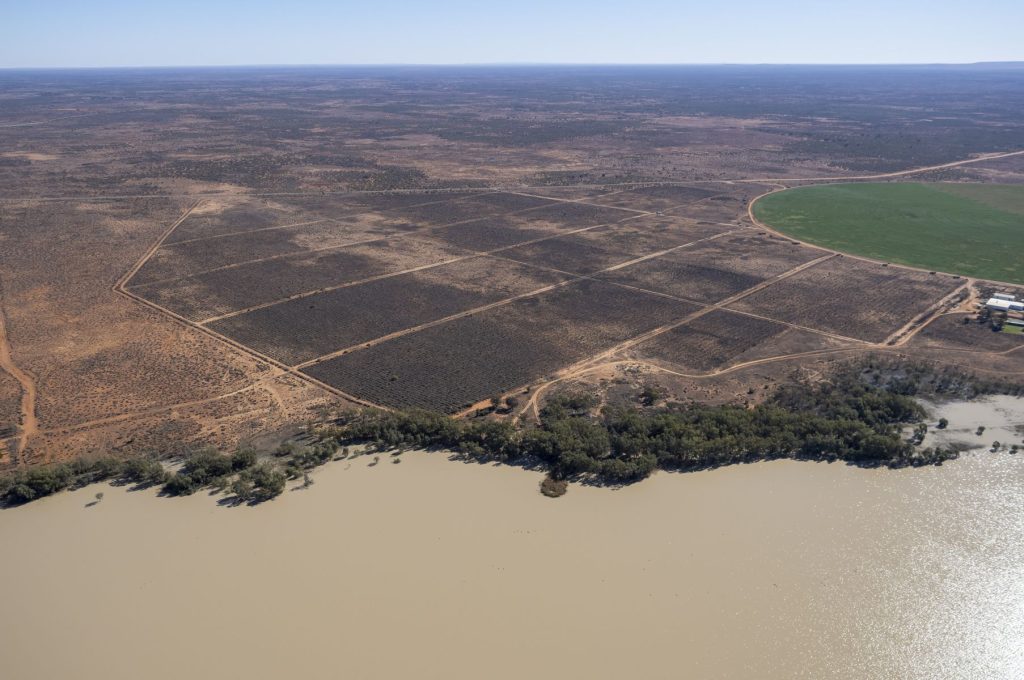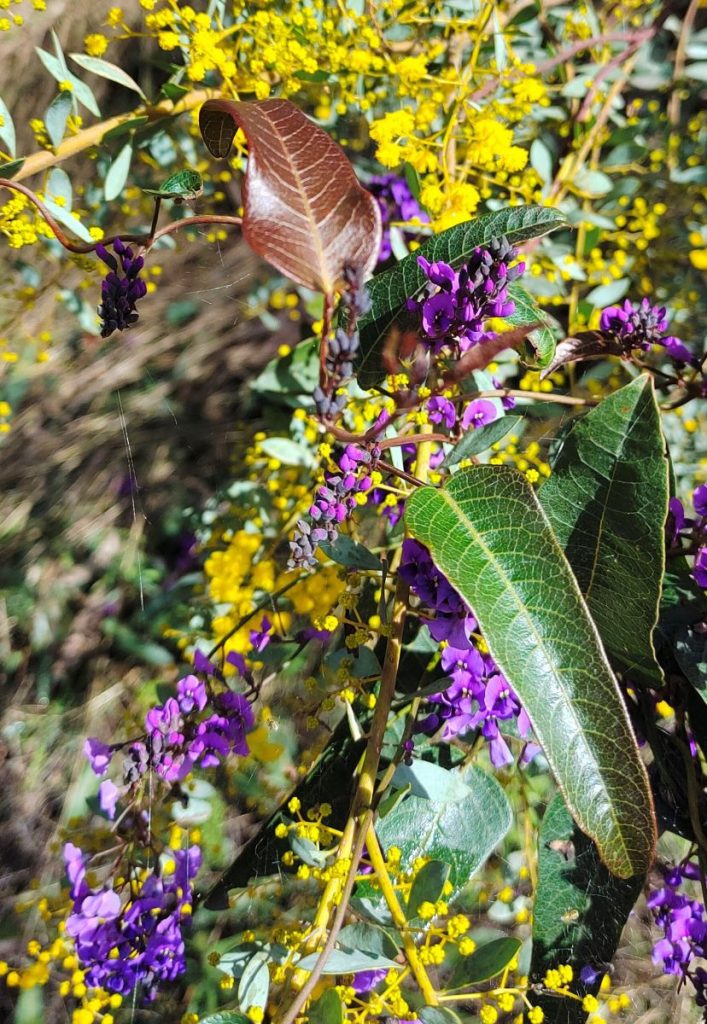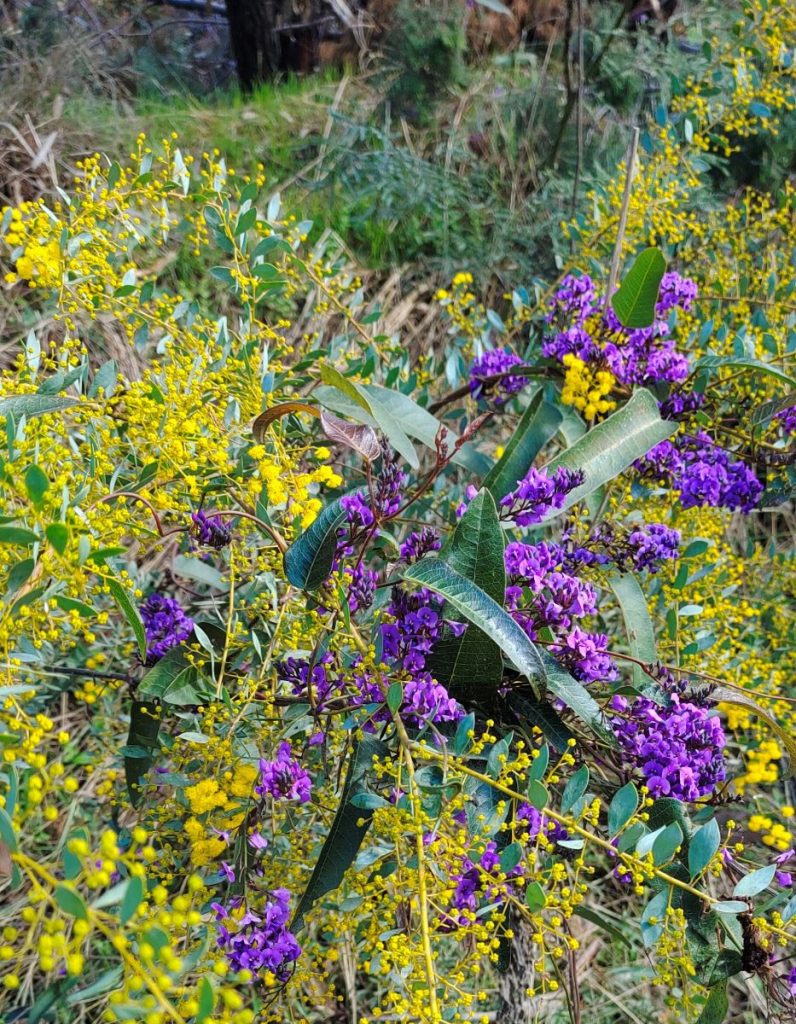A common theme which impacts every land managers plans and calendar is the monitoring and mitigating threats. This applies in all scenarios where landscapes are involved, from a farm or national park to a suburban block or even an apartment complex.
Many environmental threats are surprisingly universal:
- Invasive species impacts
- Connectivity and fragmentation
- Biodiversity and habitat loss
These apply to a home in the suburbs as well as a national park.
Our recent experiences with floods presented many land managers with some universal themes: How well did your patch cope with the deluge(s)? Did your personal space or habitat get damaged? Were you cut off or isolated? Did you experience invasive species issues such as moulds, weeds, pest animals and insects impacting your patch? We certainly did!

The recent brush with the pathogen Covid 19, combined with the broad social management responses, exposed many to a very alien concept – human fragmentation and loss of connectivity. Increasing isolation is a common threat to many indigenous plants, animals and ecosystems but one which is largely irrelevant for humanity. The covid lock down response combined with the supply stress placed on our nutrient and resource cycle exposed us to a brief view of the world constantly experienced by many other creatures and organisms. The protracted ‘La Niña’ floods reinforced these issues for many households and communities.
These impacts are very real for those impacted. Societies often respond by transporting nutrients and resources to assist the impacted communities and individuals. Natural ecosystems, flora and fauna however, must draw on their internal resilience and adaptiveness to survive and rebuild. When ecosystems are healthy and well connected there is great scope for recovery to extreme events. Sadly, the modern world is not in good ecological health and many ecosystems are small and fragmented. Even a minor but widespread threat event could trigger large scale biodiversity loss and further degradation of landscape function.

Useful links:
Thankfully a stack of resources is available to help individuals and the community to recognise and address environmental threats. There is also opportunity for the community to have input and even propose new protective listings, threatening processes/abatement actions. This is an area where APS has skills and knowledge.
Because our native flora features prominently in the endangered lists, the following links to the Federal Governments environmental plans are a must have. Consider making them a browser “favourite”.
Recovery Plans made or adopted under the EPBC Act
SPRAT EPBC Recovery Plans (environment.gov.au)
“Recovery plans are binding on the Australian Government — once a recovery plan is in place, Australian Government agencies must act in accordance with that plan.” … “Recovery plans remain in force until revoked or all species and ecological communities covered by the plan have been removed from the EPBC Act lists”.
The above link contains several hundred approved plans with detailed information on the relevant species / ecological community of interest.
Recovery plans open for public comment – DCCEEW
Four plans are currently open for comment: Spiny Rice Flower; Mallee Fowl; Great Desert Skink & Southern Right Whale. Comments close soon (Feb & April). Comment by interested individuals and groups can be sent direct via email to: recoveryplans@dcceew.gov.au
HEADS UP: Ley trashed 176 Recovery Plans in pre-election decision.
On the 28 March 2022 the then Minister for the Environment, Sussan Ley, announced, “The Minister has determined that 176 species and communities will no longer require a recovery plan.”
With a few keystrokes, Minister Ley scuttled 176 of 185 recovery plans in development. She did this just prior to the 2022 May election.
The ‘no longer required’ plans included many critically endangered plant species. Her decision effectively ruined an opportunity to kick start their recovery and build our knowledge of these vanishing plants, animals and ecosystems. Ley’s announcement can be viewed at: https://www.dcceew.gov.au/sites/default/files/documents/outcome-recovery-plan-decision-review.pdf
If you are concerned about the timing and lack of detail and transparency of this very significant decision, please consider contacting the new minister, Tanya Plibersek. Ask to have it reviewed and reversed Minister.Plibersek@dcceew.gov.au
Conservation advices – DCCEEW
“When a native species or ecological community is listed as threatened under the Commonwealth Environment Protection and Biodiversity Conservation Act 1999, a conservation advice is developed to assist its recovery.”
“Conservation advices guide recovery planning and identify actions required for conservation and recovery of the threatened species or ecological community. They inform the Australian Government in regulatory decision-making and investment for threatened species and ecological communities. Conservation advices can be supported by a Recovery Team or similar stakeholder group.”
Approved threat abatement plans – DCCEEW
“Threat abatement plans establish a national framework to guide and coordinate Australia’s response to key threatening processes registered under the Environment Protection and Biodiversity Conservation Act 1999 (EPBC Act).”
“Under subsection 279(2) of the EPBC Act, the Australian Government environment minister is required to review threat abatement plans at least every five years.”
“Once a threat abatement plan is put in place, Australian Government agencies must comply with, and implement, the plan in areas under Australian Government control and responsibility.”
“In instances where a threat abatement plan applies outside Commonwealth areas, the Australian Government must seek the cooperation of managers, with a view to jointly implementing the plan.”
In the next instalment we will be looking at specific threats and some on-ground abatement results with lots of plant photos, sadly missing from the above story. Example below.
Plants at Work : Restoring ecological function
Acacia buxifolia and Hardenbergia violacea share the same workspace in a western NSW dry sclerophyll forest. Both species provide wonderful understorey habitat for wildlife whilst simultaneously fixing atmospheric nitrogen for the entire ecosystem. Threat abatement actions controlling feral goats and other invasive species enabled the regeneration of these ecologically significant species.


Result: Landscape scale regeneration of beneficial habitat for declining woodland birds including speckled warbler, red capped, yellow & scarlet robin, restless flycatcher and many thornbill species.
Nature is truly robust, resilient and responsive – we’ve just got to stop throttling it!
Andrew Knop is an APS member on Wiradjuri country in central western NSW. Andrew and wife Jennifer are committed to the conservation of native flora, fauna and ecosystems and the restoration of sustainable, resilient landscapes. They have two registered conservation properties protecting a variety of threatened species and woodland communities. Threat abatement management combined with the restoration of diversity, habitat and connectivity form the foundation of their regeneration work. Andrew has 30 years experience in seed collection, propagation and revegetation and worked for 15 years in the Central West Catchment Management Authority. Andrew is also on the board of the Australian Plants Society NSW.
